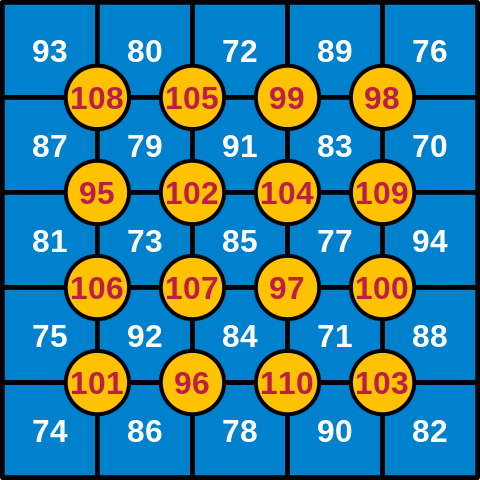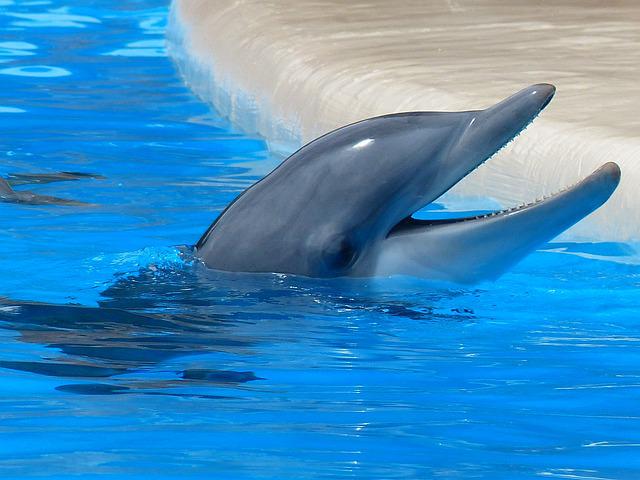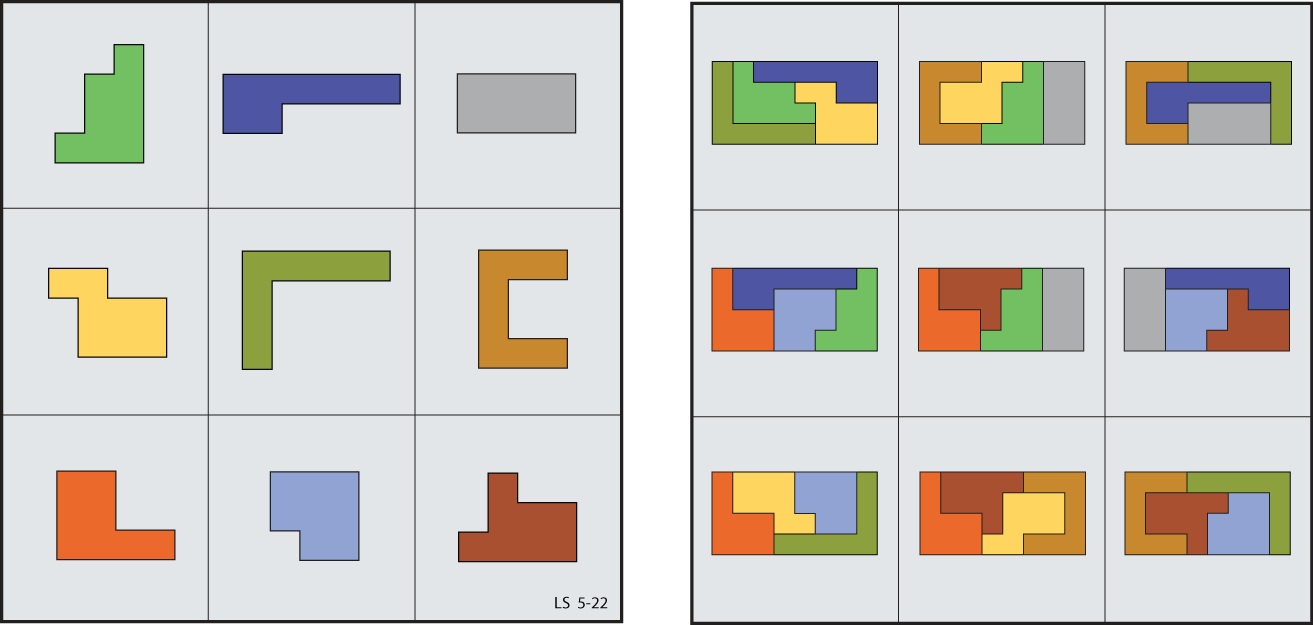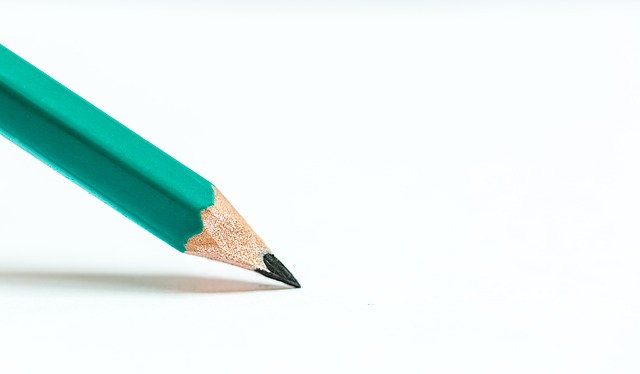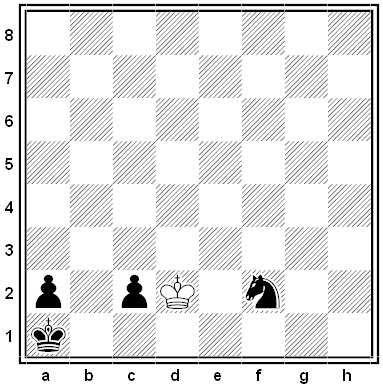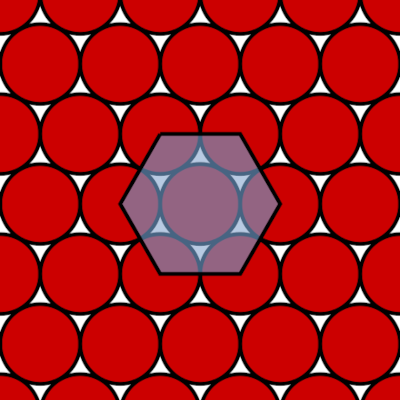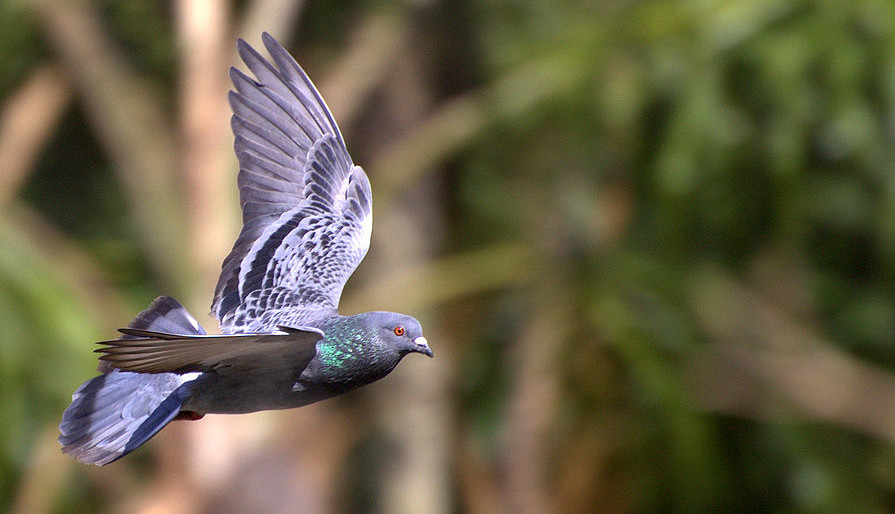
Oxford zoologists Tim Guilford and Dora Biro discovered a surprise in 2004: Homing pigeons sometimes just follow roads like the rest of us. Although the birds have inbuilt magnetic compasses, they fall back on the known landscape when they’re in familiar territory, following the lines of motorways and trunk roads.
Guilford and Biro strapped cameras and GPS devices to pigeons’ backs and watched them follow the A34 Oxford Bypass, turning at traffic lights and curving around roundabouts. They write, “One dominant linear feature, the A34 Oxford Bypass, appears to be associated with low entropy for much of its length, even where individual birds fly along or over it for a relatively short distance.”
“In fact, you don’t need a mini-GPS to find the circumstantial evidence” of this phenomenon, writes Joe Moran in On Roads. “You will often see seagulls in landlocked Birmingham because they have flown up the Bristol Channel and followed the M5, mistaking it for a river.”
(Tim Guilford et al., “Positional Entropy During Pigeon Homing Ii: Navigational Interpretation of Bayesian Latent State Models,” Journal of Theoretical Biology 227:1 [2004], 25-38.)

